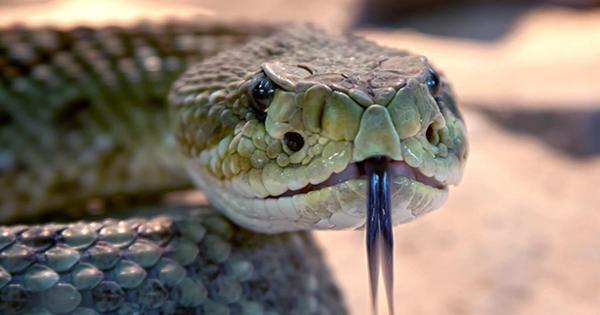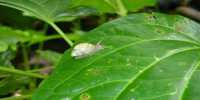The combination of fang and venom makes for terrifying predators. However, the widespread presence of fangs in snakes creates an evolutionary puzzle – snakes have evolved fangs several times, with the main difference being the placement of the front and back of the jaw.
A new study explains why snakes were so suited to developing effective venom-distribution systems, fighting without other animals. Researchers studied the teeth of both living and extinct snake species to find a feature known as plicidentine. In the proceedings of the Royal Society B, they report the presence of plicidentine in every snake they study, except for the Anilios (Ramphotyphlops) bicolor, a burrowing blind snake, and argue that this is the main point. Lead author Dr Alessandro Palci, from Flinders University, said in a statement, “It has always been a mystery fangs have evolved so many times in snakes, but rarely in other reptiles. Our research has answered that, showing how easy it is for a snake’s common tooth to turn into a hypodermic needle.”
Plicidentine wrinkles near the base of the teeth. They obviously provide an introduction to the system of venom supply, which improves natural selection when it is suitable for snakes – meaning they use venom at any time to suppress prey or to prevent predators. In some venomous snakes, these plicidentine folds extend into grooves that run the entire length of the fang, with which venom flows. Others have gone further, closing the grooves to create empty fangs and poison bags that act as hypodermic needles in combination.
In recent years, many lizards have also been shown to produce venom, some of which is medically possible. However, these venoms are not only relatively weaker than most snakes; a few lizards have parts of the mouth to provide them with efficiency, which poses much less threat. Dr. Palci told IFL Science that in order to work for evolution, the lack of any seeds, the lizards had to rely on the inclusion of venom in their saliva, and some had to rely on their prey. Maybe that’s why they never made strong poison.















